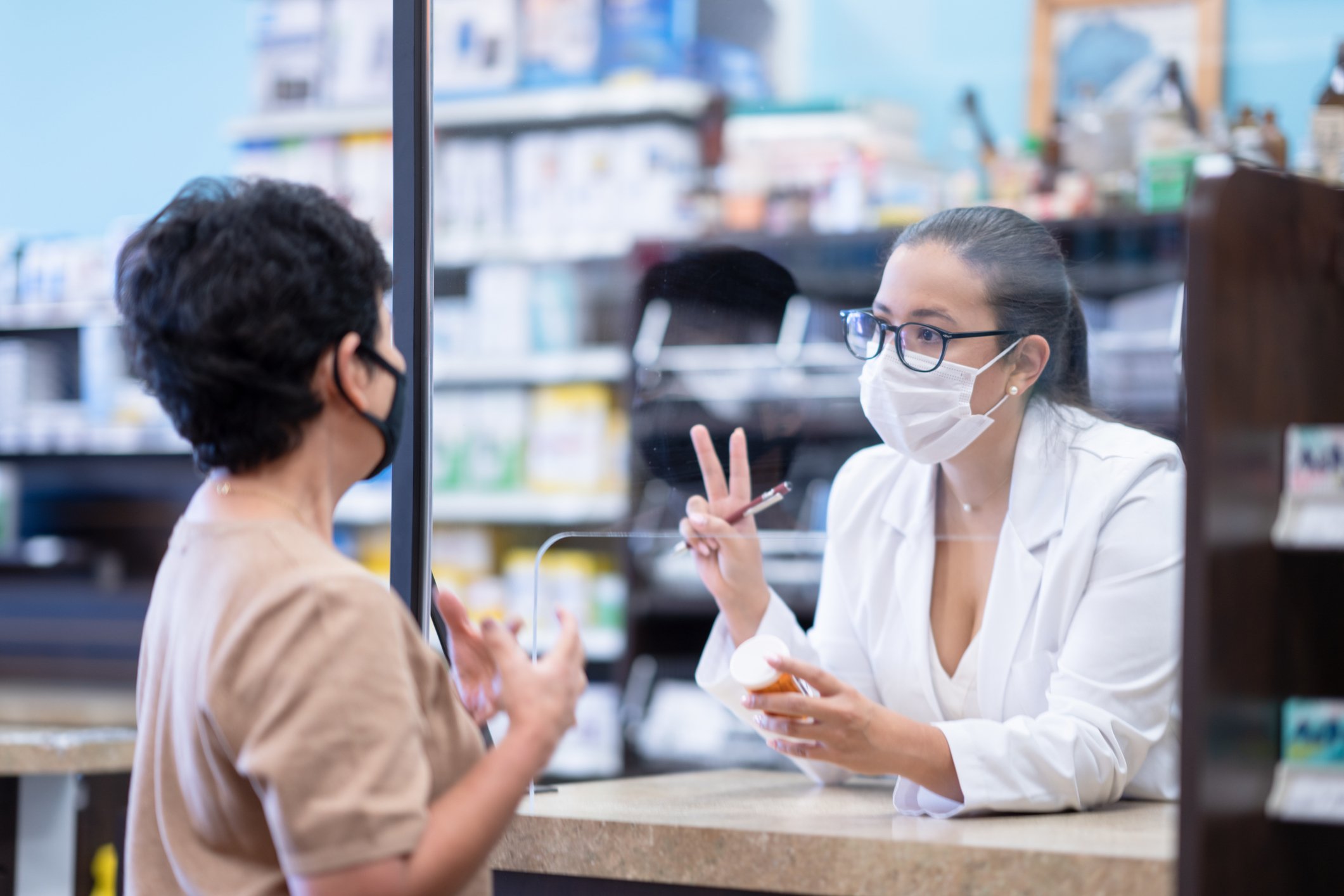AbbVie (ABBV +0.43%) announced its third-quarter financial results on Friday before the market opened. A quick glance at the stock's price in early trading -- shares were up nearly 3% -- pretty much sums up how the quarter went. Here's a quick rundown on the results and what drove AbbVie's solid performance.
By the numbers
Third-quarter sales were up 3.3% year-over-year to $4.658 billion. While that wasn't exactly a huge jump, it beat the average analysts' $4.52 billion revenue estimate.
Earnings came in at $964 million, or $0.60 per share, on a GAAP basis -- down from $1.585 billion, or $1.01 per share, a year ago. AbbVie reported adjusted diluted earnings of $0.82 per share. This result topped the company's previous guidance and handily beat Wall Street expectations of $0.78 per share.
With a solid third quarter now behind it, AbbVie revised its full-year guidance for 2013. The company previously projected full-year adjusted earnings per share between $3.07 and $3.13, with GAAP earnings per share between $2.66 and $2.72. AbbVie's new guidance calls for adjusted earnings per share between $3.11 and $3.13, with GAAP earnings per share between $2.54 and $2.56.
Behind the numbers
AbbVie's quarterly announcement can probably be renamed "The Humira Report." The drug accounted for nearly 60% of total sales. Humira generated $2.77 billion in revenue during the third quarter, up 19.1% year-over-year.
Only two other drugs in AbbVie's product lineup managed to achieve double-digit sales growth in the last quarter. Sales of hypothyroidism drug Synthroid jumped 22.9% to $161 million. Parkinson's disease drug Duodopa generated sales of $46 million, up 24.3% year-over-year. While these two drugs experienced strong growth, together they made up less than one-tenth of Humira's sales.
The fly in the ointment for AbbVie was that several drugs also had double-digit sales movement -- but in the wrong direction. Tricor/Trilipix sales dropped 88.3% after losing patent exclusivity. Androgel, Kaletra, and Niaspan all also experienced low double-digit sales declines.
AbbVie's bottom line was also affected by higher sales, general, and administrative expenses. The company spent $176 million more in the third quarter of 2013 than it did in the same period last year, an increase of 16%. AbbVie said that this higher spending reflected "continued investment in our growth brands."
Research and development costs were $99 million lower year-over-year. However, AbbVie spent an additional $220 million on acquiring in-process products.
Looking ahead
The most exciting thing about AbbVie, aside from Humira's strength, is its pipeline. AbbVie is a strong contender in the race toward an all-oral hepatitis-C virus, or HCV, regimen. The company expects to begin reporting initial results from a phase 3 study of its all-oral HCV combo later this year, and it hopes to file for regulatory approval in the second quarter of next year.
That timing puts AbbVie neck and neck with Gilead Sciences (GILD +0.18%). Gilead's sofusbuvir/ribavirin/ledipasvir all-oral combo is also in a late-stage study. Many expect Gilead to reach the market first, although AbbVie thinks it could still emerge as the winner in the race.
AbbVie's partnership with Biogen Idec (BIIB 0.14%) on daclizumab also looks promising. The drug targets treatment of patients with relapsed or remitting multiple sclerosis. Daclizumab is currently in a late-stage study. AbbVie and Biogen expect that study to wrap up in mid-2014, with a potential regulatory approval submission by the end of next year.
Since its spin-off from Abbott Labs earlier this year, AbbVie has performed very well. Shares are up close to 40%. Sales have continued to get stronger, powered by Humira. Abbott hasn't done so badly itself. While its stock is up "only" 16% or so year-to-date, the future appears to be bright for the parent company. I expect both parent and child to continue their winning ways in the next year and beyond.









